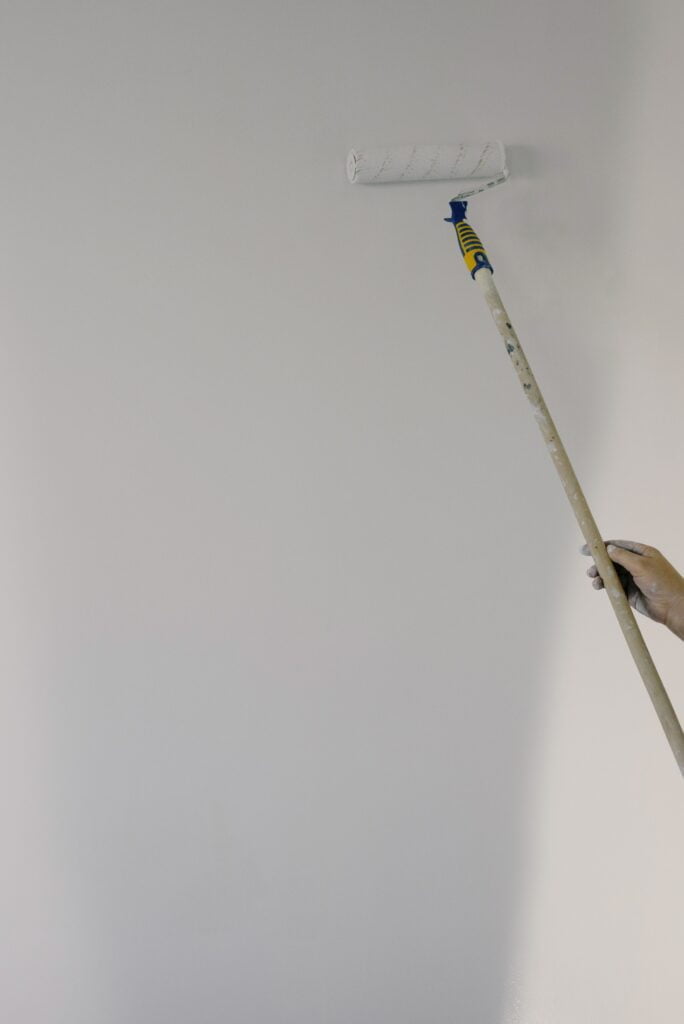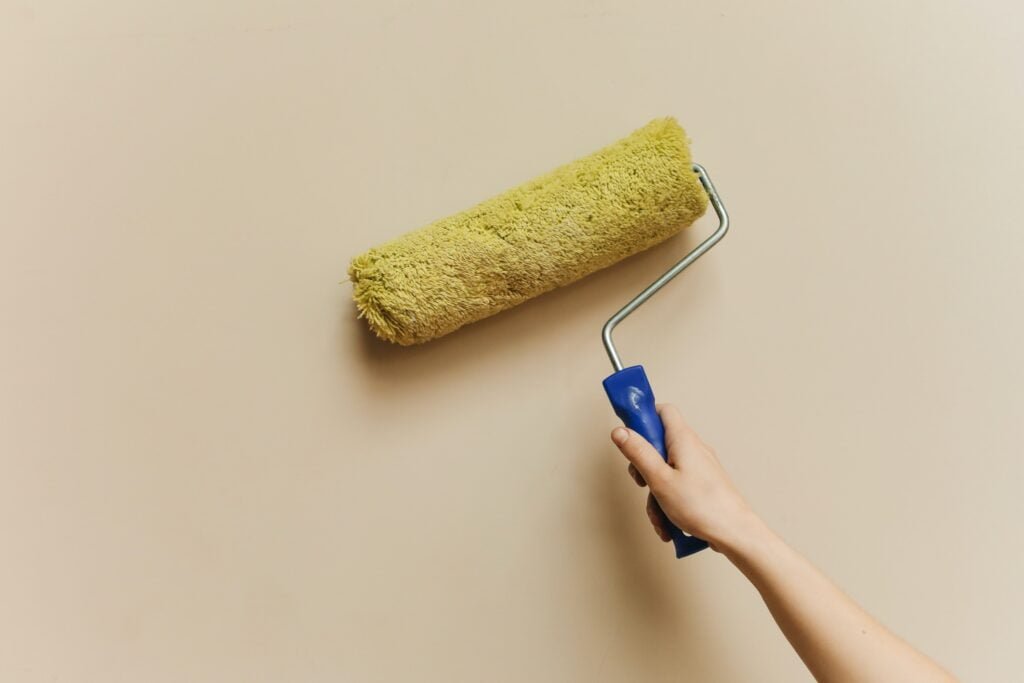A daunting task can result from conducting research on basement waterproofing. Finding a workable solution might help you save time and money in the long run if you’re dealing with basement walls that leak or water that is rising through the floor. The alternatives you have for keeping your basement dry are briefly explained below.
It is not advisable to store belongings or live in a damp basement because it smells terrible and is likely to develop mold issues. There are several causes of water seepage, leaks, flooding, and moisture in basements; some are simple to remedy, while others call for assistance from a specialist in basement waterproofing. Mold growth, structural issues, and poor indoor air quality can all be avoided by using a reliable basement waterproofing solution.
There is no such thing as a one-size-fits-all method for waterproofing a basement. The source of the issue, your home’s location, and the kind of foundation you have will all affect the best course of action for your house.
Here are some details on the most popular interior and exterior basement waterproofing techniques to aid in your decision-making.

Sealants & Epoxy Injections
Although sealants and epoxy injections are sometimes viewed as temporary repairs, some homeowners choose these solutions when installing a drainage system is out of their price range. To stop moisture from seeping through basement walls, these masonry waterproofing materials are applied. Applying sealants over painted walls or efflorescence is not recommended (white mineral deposits that form on the surface of concrete walls).
When the foundation walls expand and contract, the substance in many epoxy injections might break, which is a regular issue. To prevent leaks without splitting like mortar-based solutions, alternative injections include a flexible sealant, porous foam, and an impermeable barrier. To prevent flooding, it’s crucial to establish a drainage system in addition to patching up leaking wall fractures.
Interior Drainage
For most homes, waterproofing a basement from the inside is the ideal option because it is more affordable and less intrusive than excavating on the outside. Digging a trench around the inner perimeter of the basement floor, building a drain, and adding a sump pump are all parts of an interior drainage system, often known as a French drain. Other water plugs transfer water from leaks in the walls and where the floor and walls meet to a sump pump that removes the water from the basement using a buried drainage route.
Exterior Waterproofing
A trench drain is often installed underground, polymers and membranes are applied to the exterior of the walls, or both of these techniques are used to waterproof a foundation from the outside. Exterior drainage can efficiently waterproof a basement when done correctly, but there are costs involved. The cost and likelihood of blockage are the two main drawbacks. First of all, excavation is pricy and very disruptive. Exterior drains have the additional drawback of being prone to clogging, which may result in a flooded basement.
The source of the issue and your budget will ultimately determine which basement waterproofing option is ideal for you if your property exhibits indicators that the basement need waterproofing.
Choosing the best waterproofing system for your basement
Some homeowners choose a short-term solution depending on the severity of the issue, but they frequently wind up needing to install a drainage system to effectively solve their basement water problem. Because it needs more manpower, heavy equipment, and time to accomplish than inside waterproofing, outdoor waterproofing often costs substantially more.
To see other material construction, please see here.
To know other construction guides, tips, and methodology for beginners, veterans, and contractors, please see here.

